San Diego investor group unveils stadium plan for potential MLS expansion
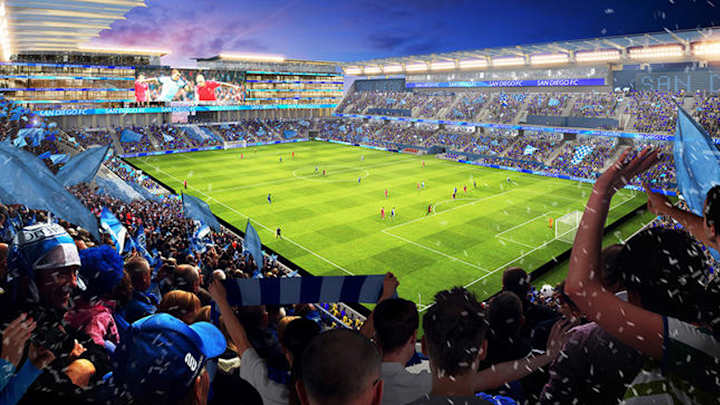
SAN DIEGO (AP) — With the NFL's Chargers leaving for Los Angeles, a group of private investors unveiled plans Monday to bring an MLS team to San Diego and build a stadium that can be shared with San Diego State.
In addition to the joint-use venue which could seat up to 30,000, the 166-acre Qualcomm Stadium site which has housed the Chargers would also be used for a sports and entertainment district, according to the FS Investors group's plans. The plans also set aside acreage for a larger stadium, in case the NFL decides to return to San Diego.
"There are a lot of people that were disappointed with that (the Chargers' move) and understandably so," said Nick Stone, a partner in the investors group, which would develop the property and own the MLS franchise. "But we think this is a really, really interesting time to look at the opportunity to bring soccer to San Diego. It's a very logical market for that.
How does the Chargers' move to Los Angeles impact the Galaxy, MLS expansion?
"We can bring what is the world's most popular sport, and the fastest growing sport in the U.S.," Stone said. "One door closed but a really great door opened."
The Chargers announced on Jan. 12 that they would play in the Los Angeles area next season after 56 seasons in San Diego.
Stone's group, which includes Padres lead investor Peter Seidler and former Qualcomm president Steve Altman, has the exclusive negotiating rights with the MLS. The league it is expected to designate expansion cities this fall.
The investor group said it wouldn't require taxpayer money for its plan, which includes buying the land now occupied by Qualcomm.
MLS expansion: An in-depth look at the many bids for the league's next four clubs
Potential, future soccer stadiums in America
North Carolina FC
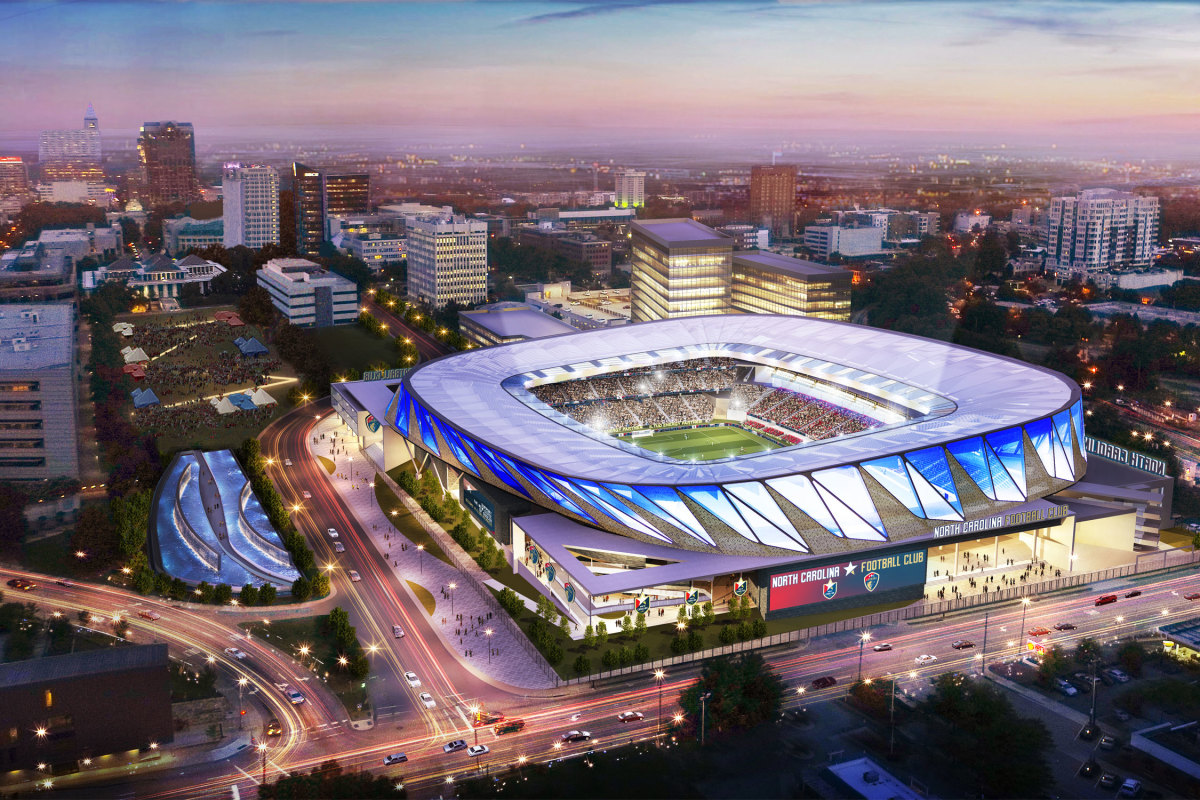
The Raleigh bid for an MLS expansion team unveiled a stadium plan for a downtown venue within the boundaries of Peace St., Salisbury St., Lane St. and the N.C. Railroad easement.
Miami
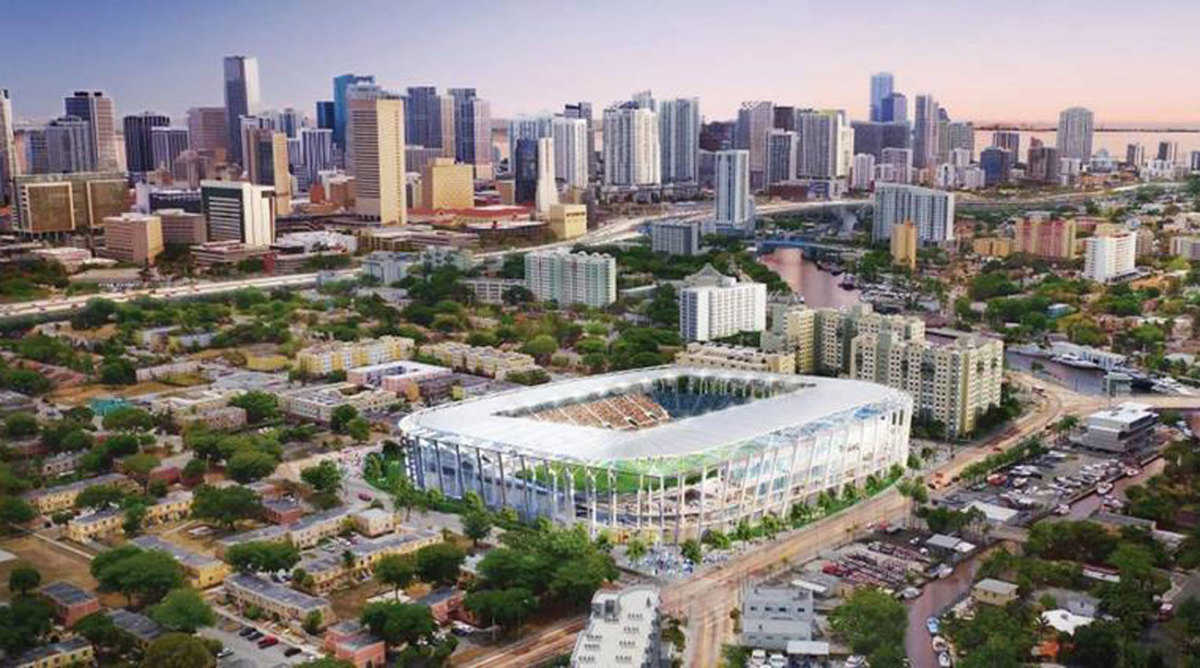
David Beckham's ownership group in Miami has released a rendering for a stadium in the Overtown neighborhood, the latest desired site for an MLS expansion bid that kicked off in 2014.
FC Cincinnati
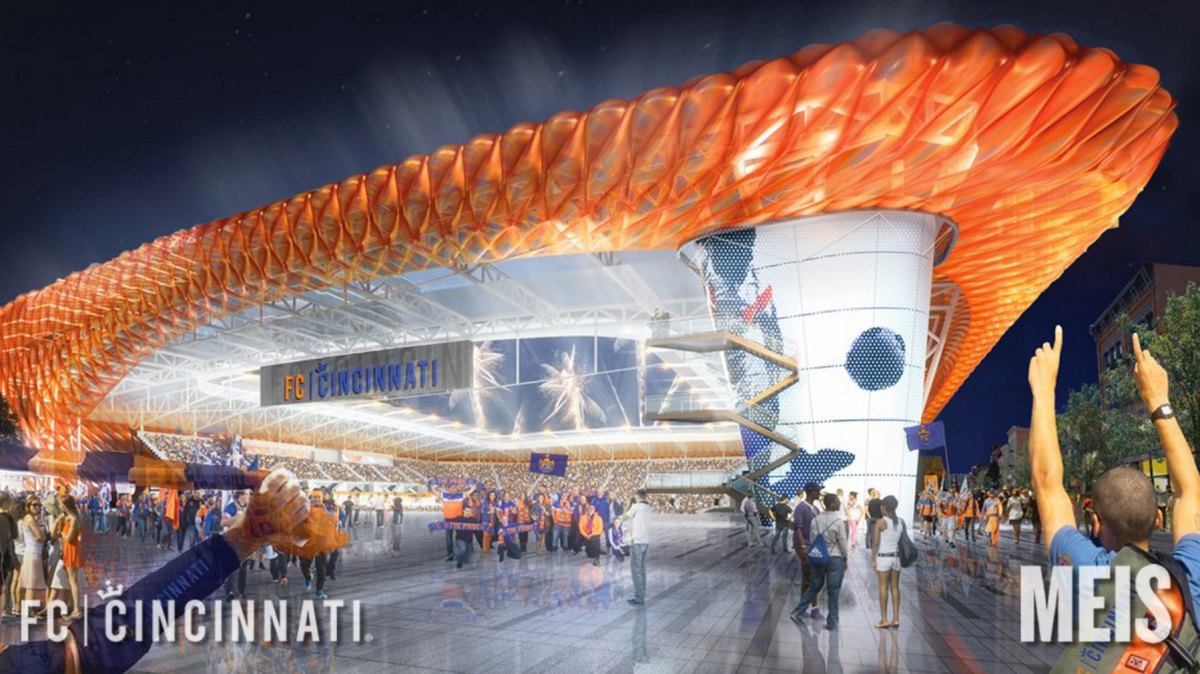
FC Cincinnati doesn't yet have a nailed-down location for an MLS stadium, but the expansion hopeful has released renderings for a 25,000-seat stadium inspired by Bayern Munich's Allianz Arena.
FC Cincinnati
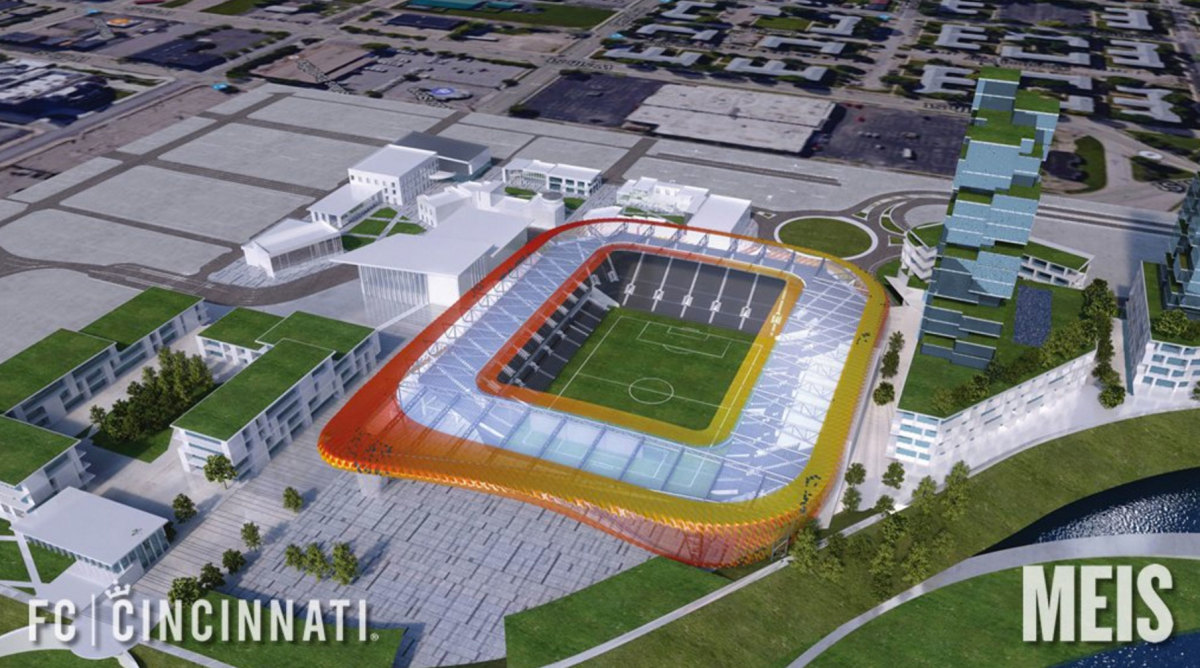
FC Cincinnati doesn't yet have a nailed-down location for an MLS stadium, but the expansion hopeful has released renderings for a 25,000-seat stadium inspired by Bayern Munich's Allianz Arena.
FC Cincinnati
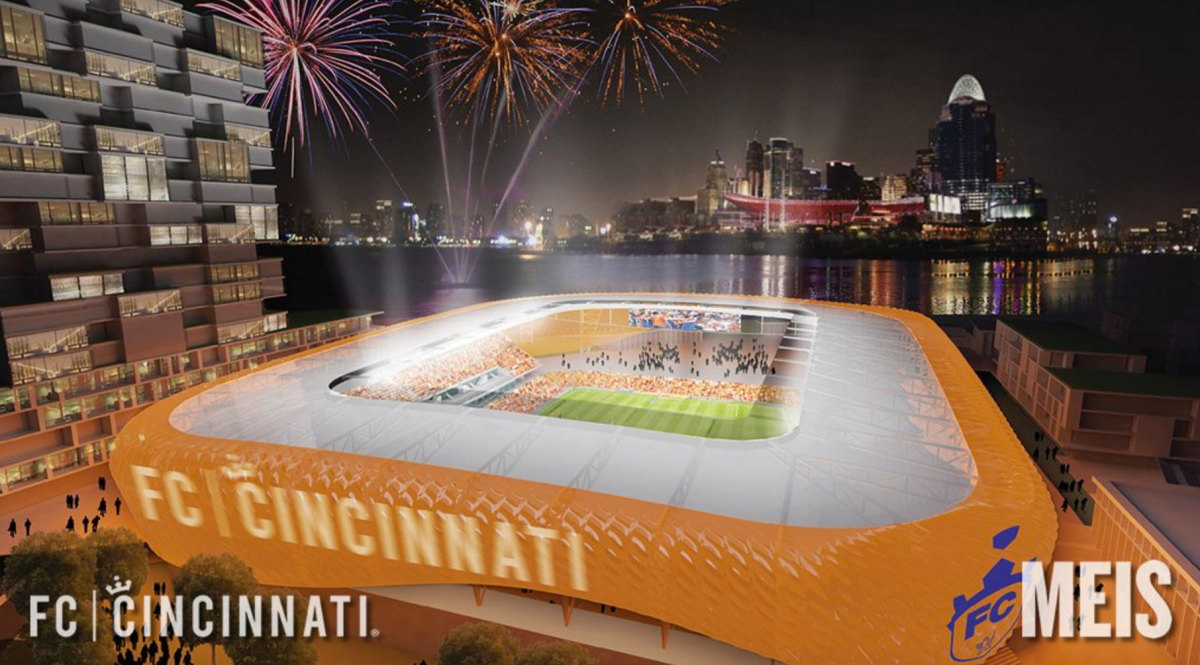
FC Cincinnati doesn't yet have a nailed-down location for an MLS stadium, but the expansion hopeful has released renderings for a 25,000-seat stadium inspired by Bayern Munich's Allianz Arena.
FC Cincinnati
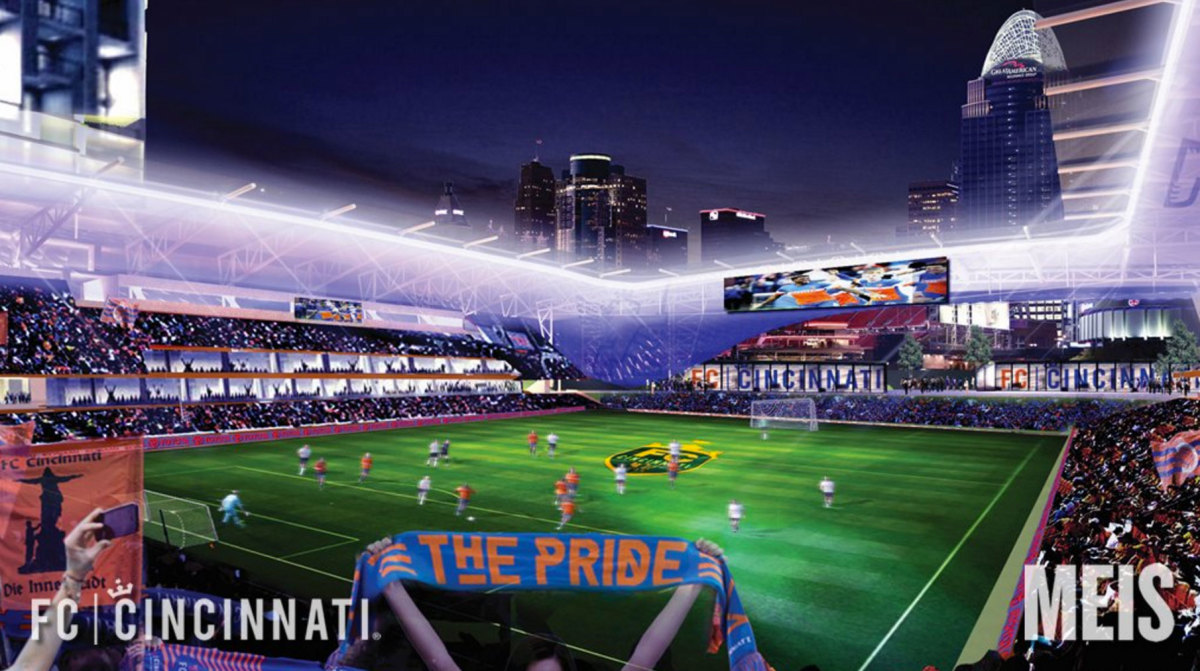
FC Cincinnati doesn't yet have a nailed-down location for an MLS stadium, but the expansion hopeful has released renderings for a 25,000-seat stadium inspired by Bayern Munich's Allianz Arena.
Portland Timbers

The Timbers are adding 4,000 seats as part of a $50 million renovation to Providence Park.
Portland Timbers
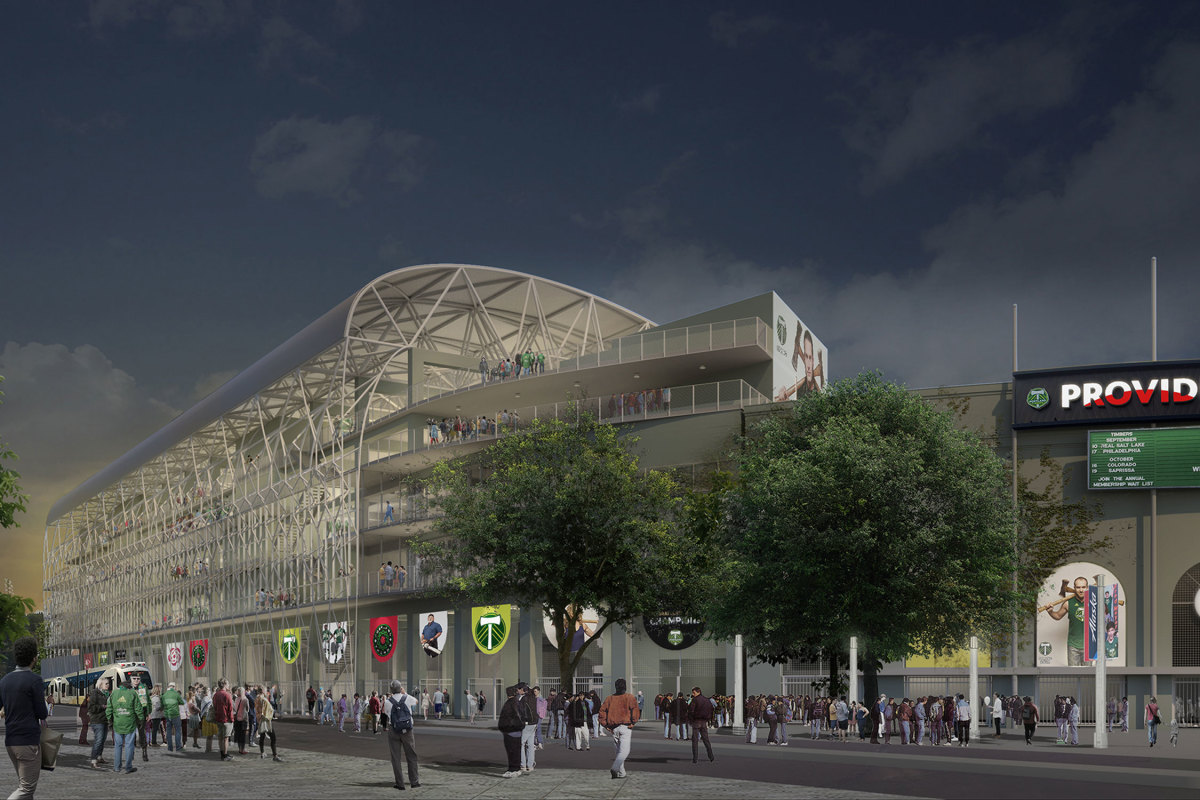
The Timbers are adding 4,000 seats as part of a $50 million renovation to Providence Park.
Atlanta United FC
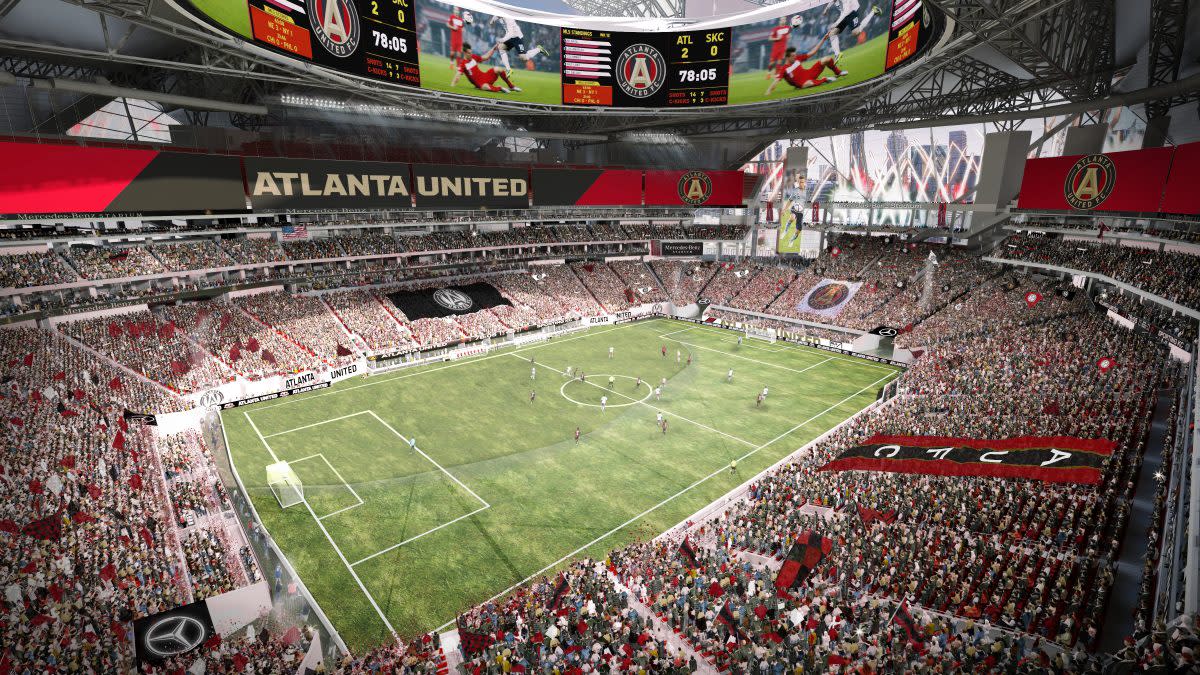
Atlanta United will share Mercedes-Benz Stadium along with the Atlanta Falcons in a state-of-the-art venue.
Minnesota United
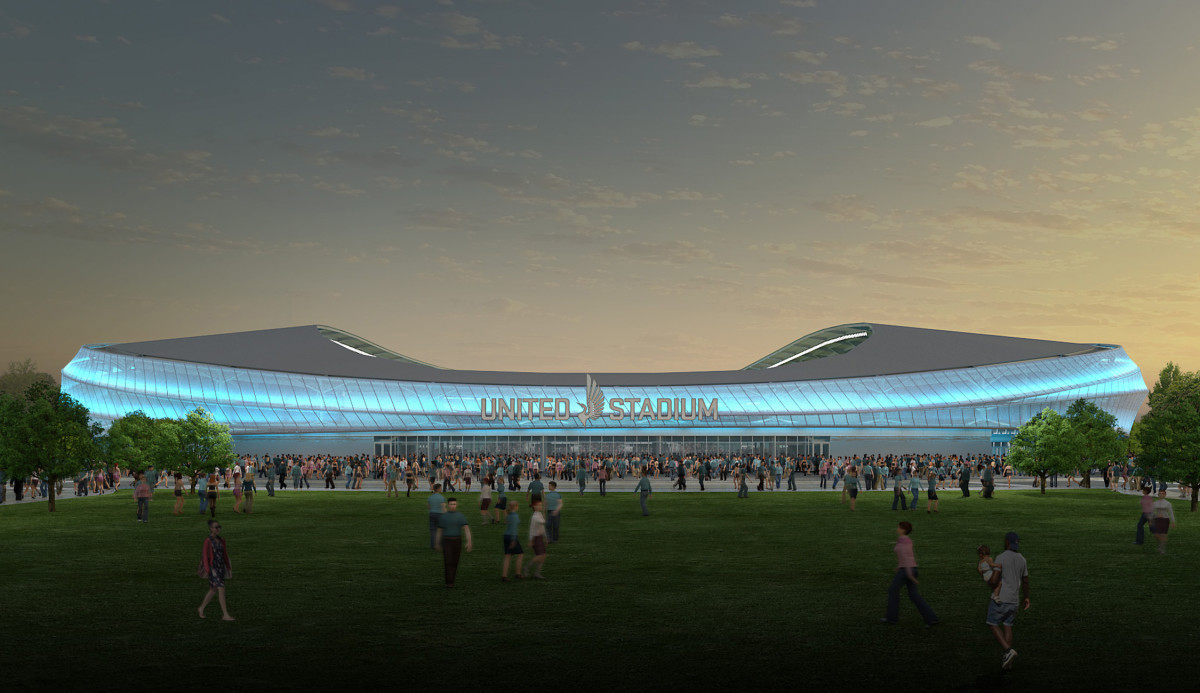
2017 MLS expansion team Minnesota will eventually move to its new soccer-specific venue in St. Paul.
Minnesota United
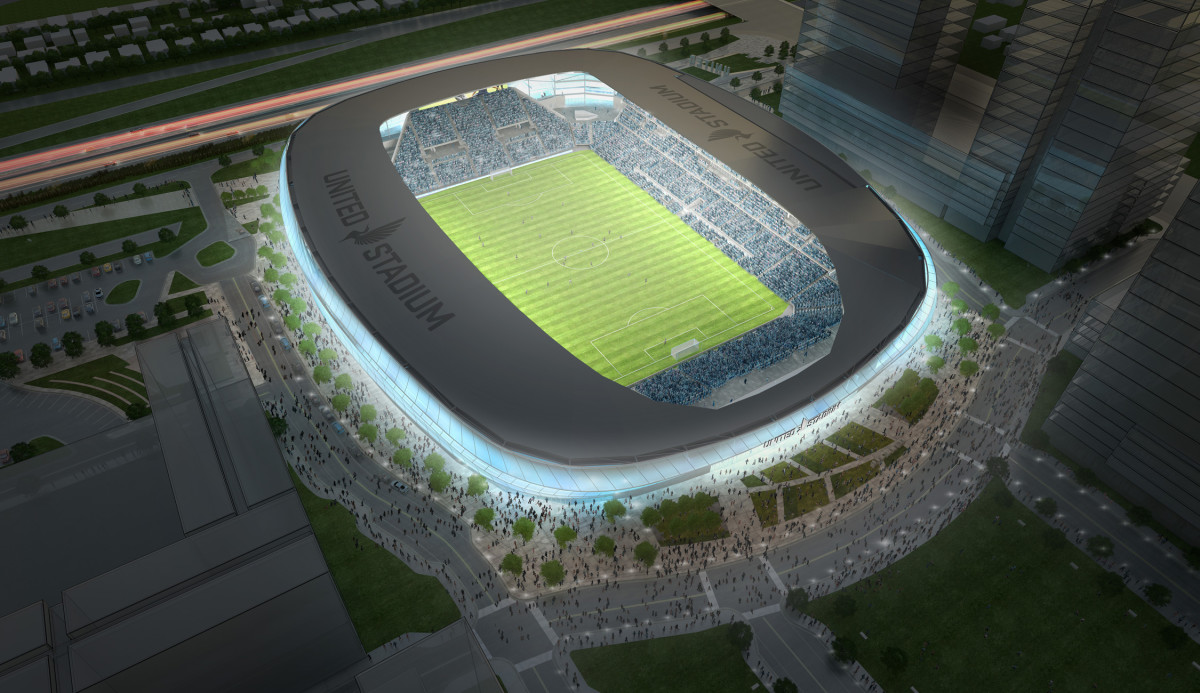
2017 MLS expansion team Minnesota will eventually move to its new soccer-specific venue in St. Paul.
Minnesota United
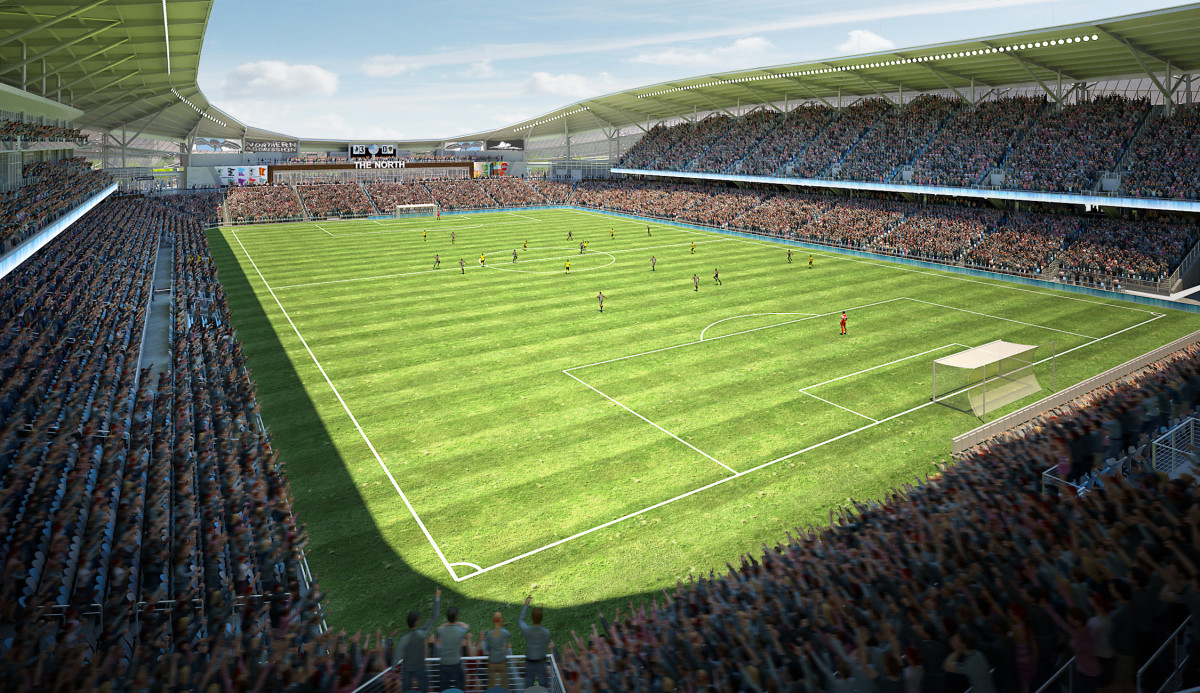
2017 MLS expansion team Minnesota will eventually move to its new soccer-specific venue in St. Paul.
Minnesota United
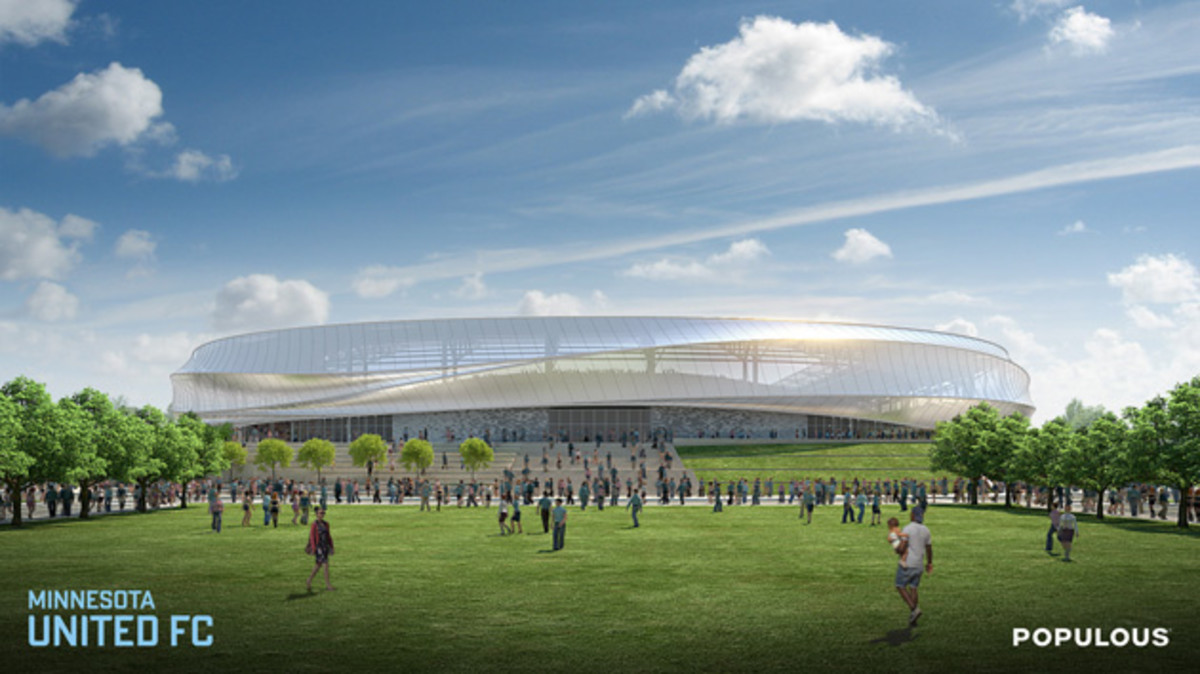
2017 MLS expansion team Minnesota will eventually move to its new soccer-specific venue in St. Paul.
Minnesota United
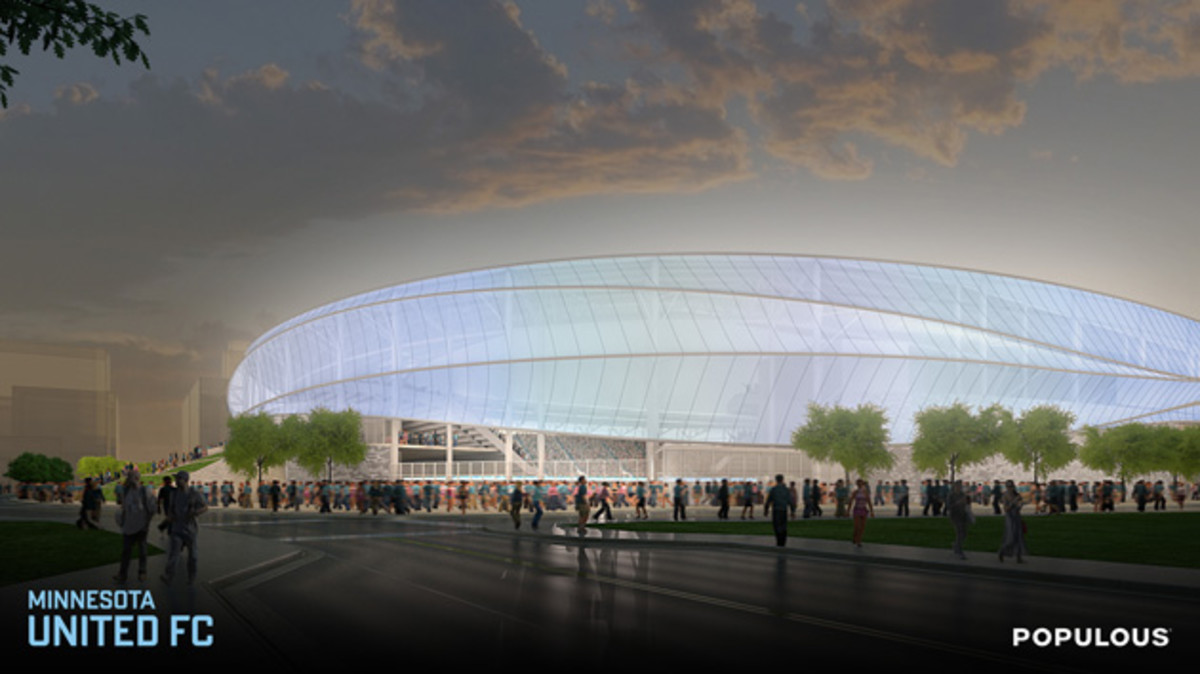
2017 MLS expansion team Minnesota will eventually move to its new soccer-specific venue in St. Paul.
Minnesota United
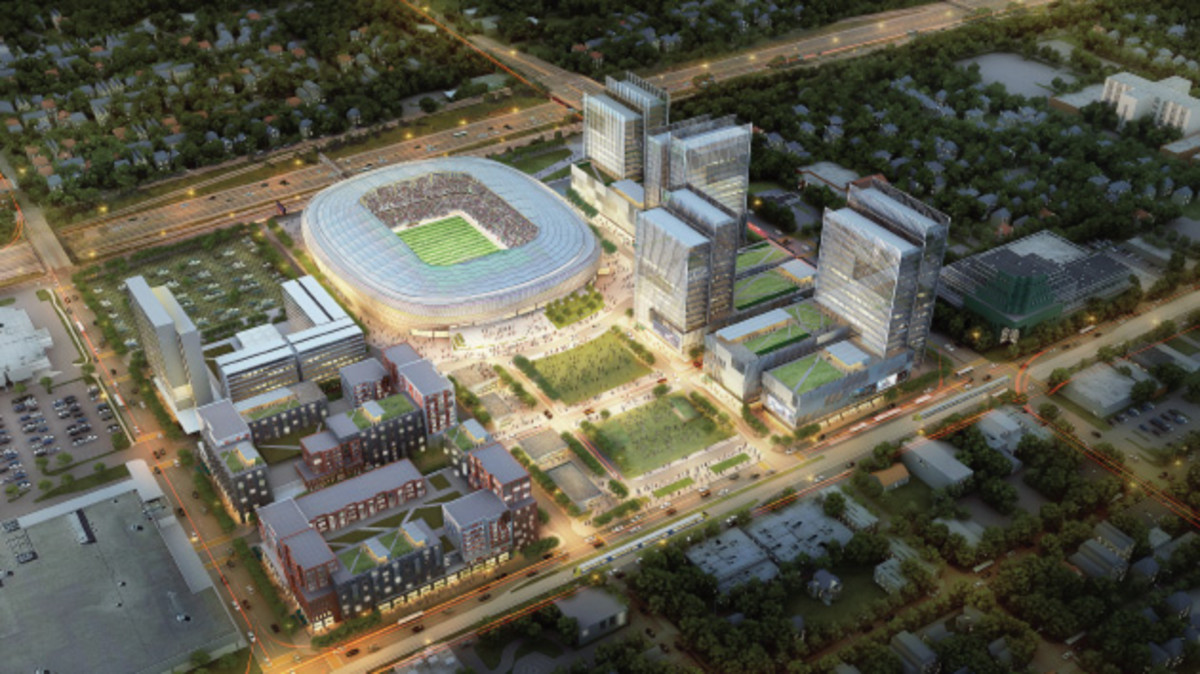
2017 MLS expansion team Minnesota will eventually move to its new soccer-specific venue in St. Paul.
Sacramento Republic FC
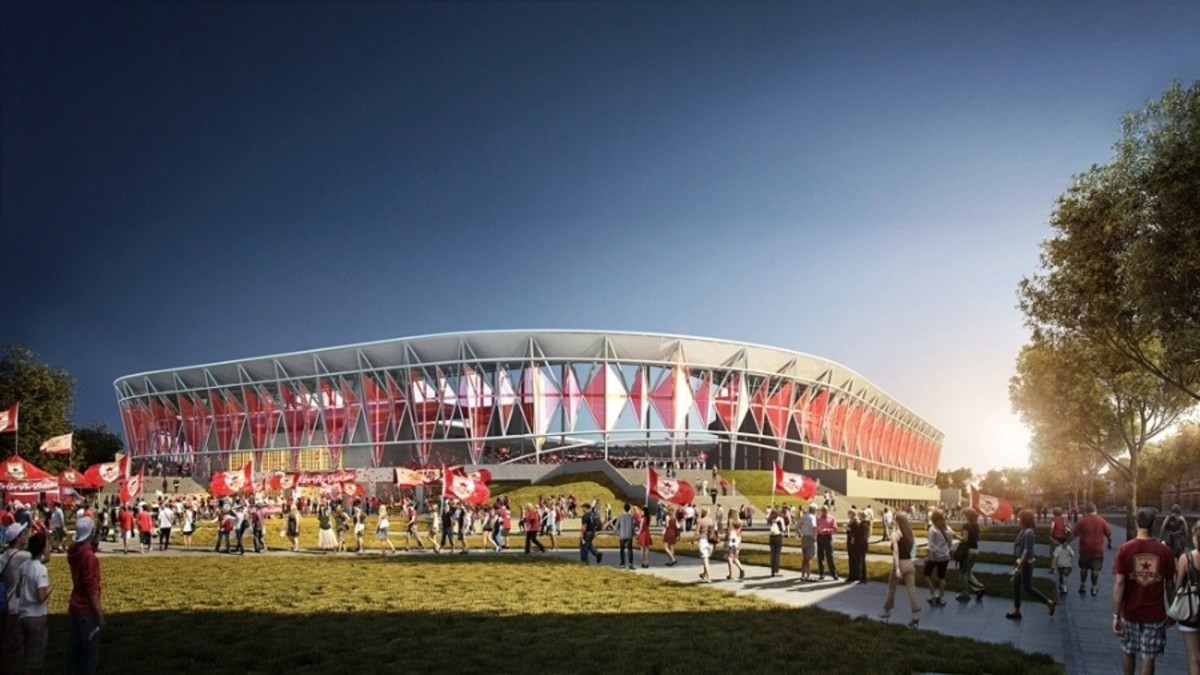
Sacramento Republic has been pushing hard for an MLS team, with Don Garber acknowledging the USL side is one of the leaders of the pack for when the league expands to 28 teams.
Sacramento Republic FC
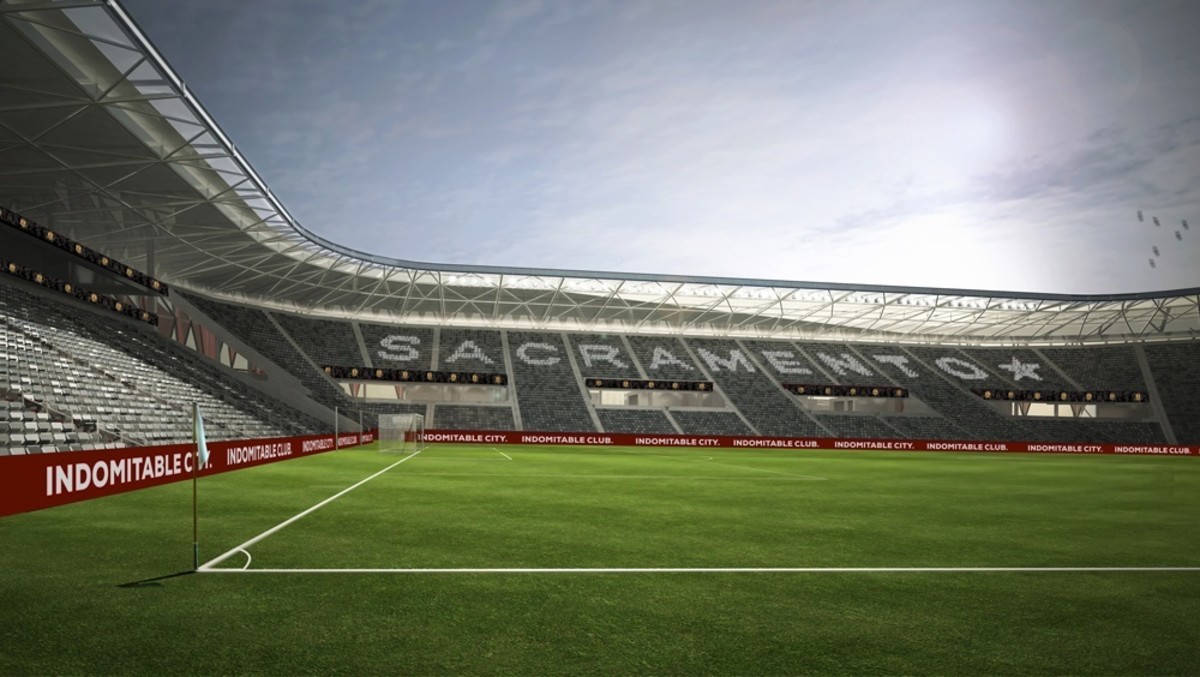
Sacramento Republic has been pushing hard for an MLS team, with Don Garber acknowledging the USL side is one of the leaders of the pack for when the league expands to 28 teams.
Sacramento Republic FC
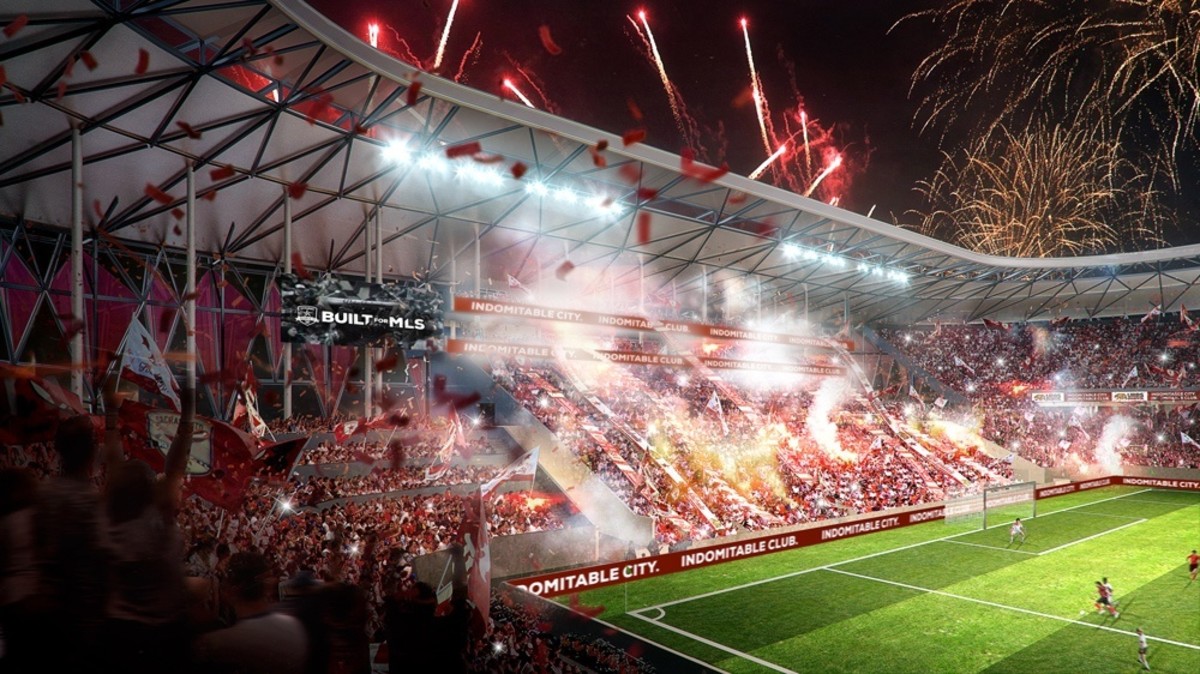
Sacramento Republic has been pushing hard for an MLS team, with Don Garber acknowledging the USL side is one of the leaders of the pack for when the league expands to 28 teams.
Los Angeles FC
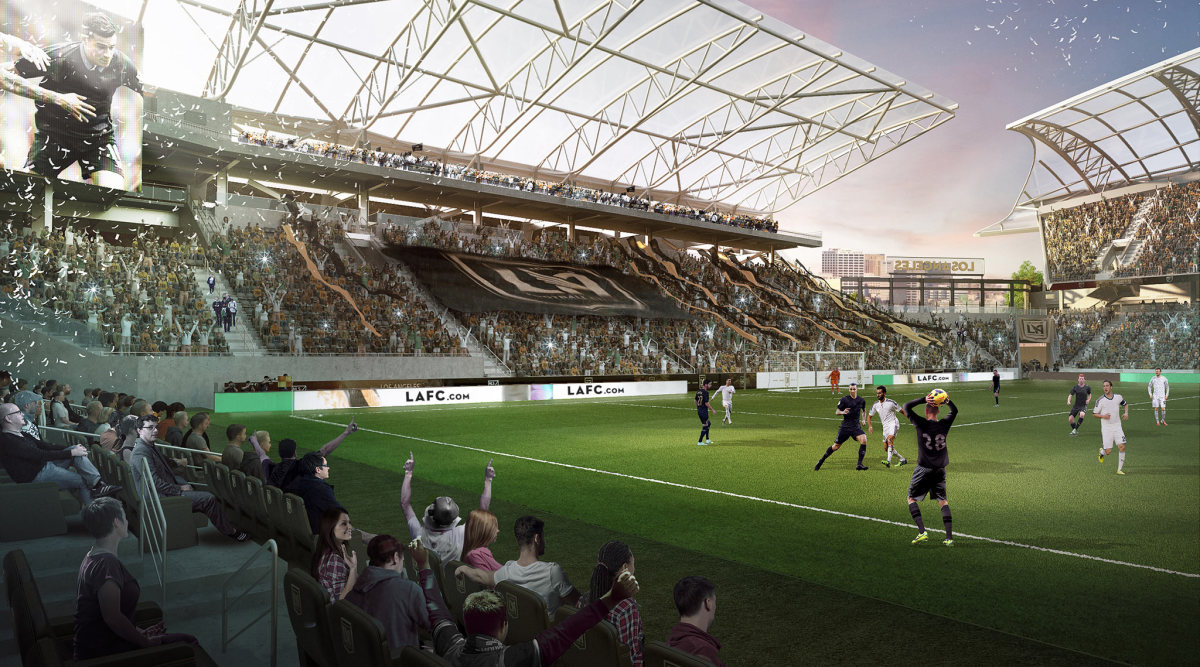
LAFC has broken ground on Banc of California Stadium at the site of the L.A. Memorial Sports Arena.
Los Angeles FC
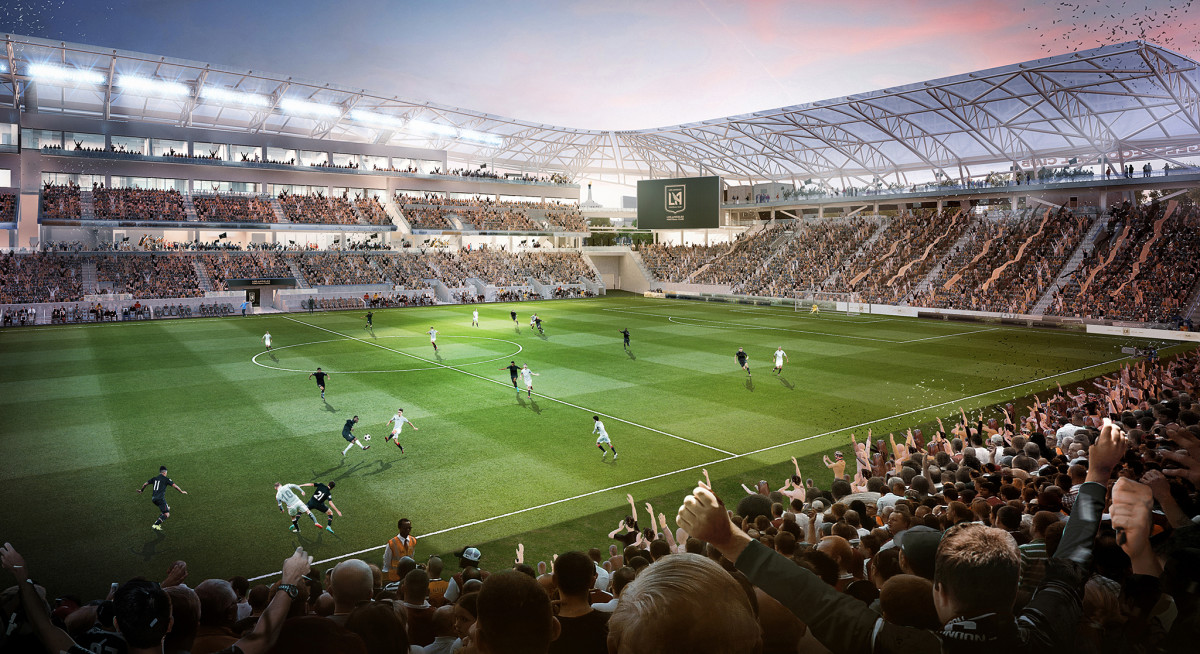
LAFC has broken ground on Banc of California Stadium at the site of the L.A. Memorial Sports Arena.
Los Angeles FC
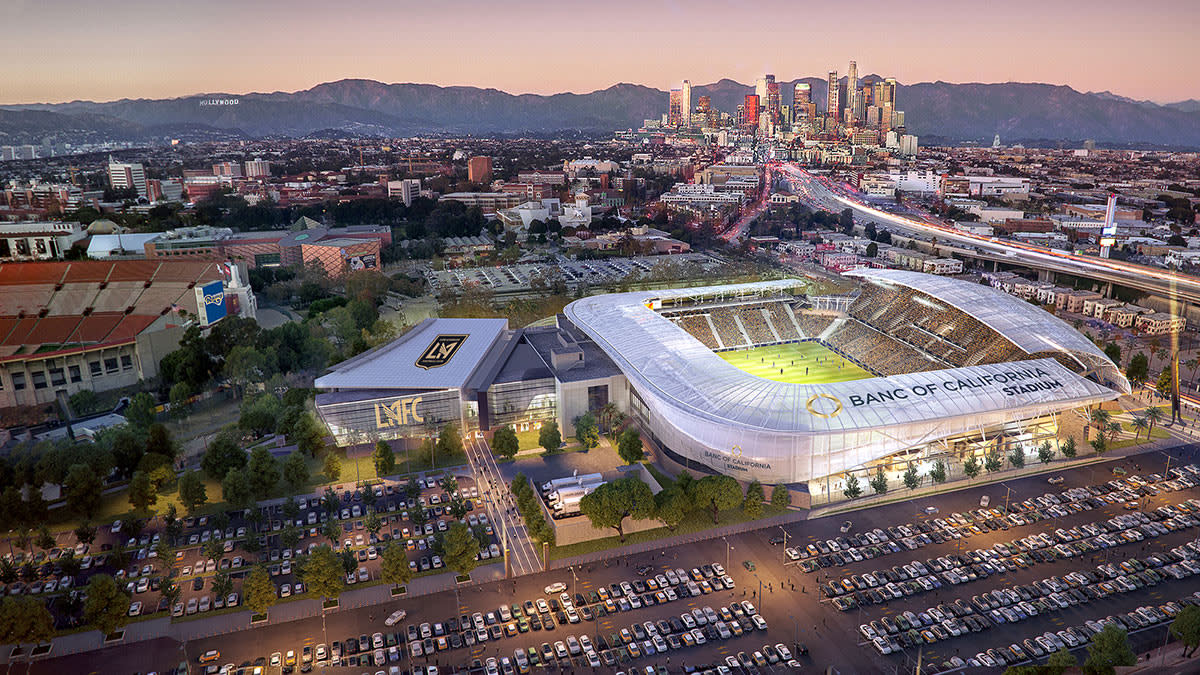
LAFC has broken ground on Banc of California Stadium at the site of the L.A. Memorial Sports Arena.
Los Angeles FC
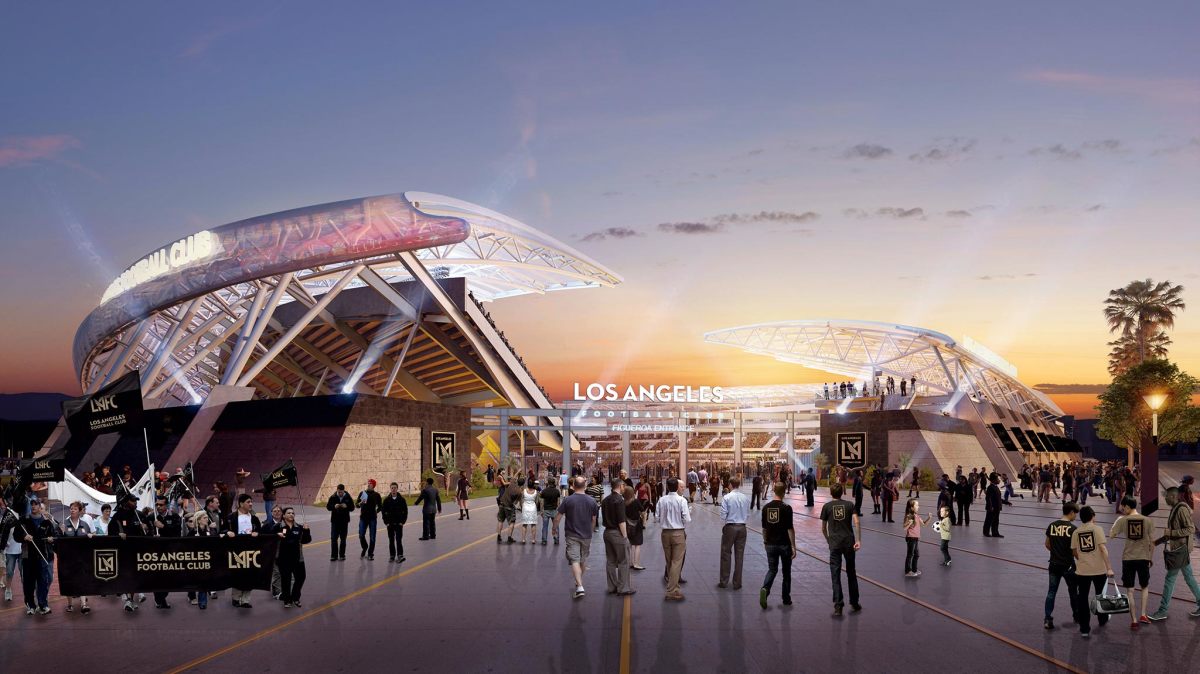
LAFC has broken ground on Banc of California Stadium at the site of the L.A. Memorial Sports Arena.
Los Angeles FC
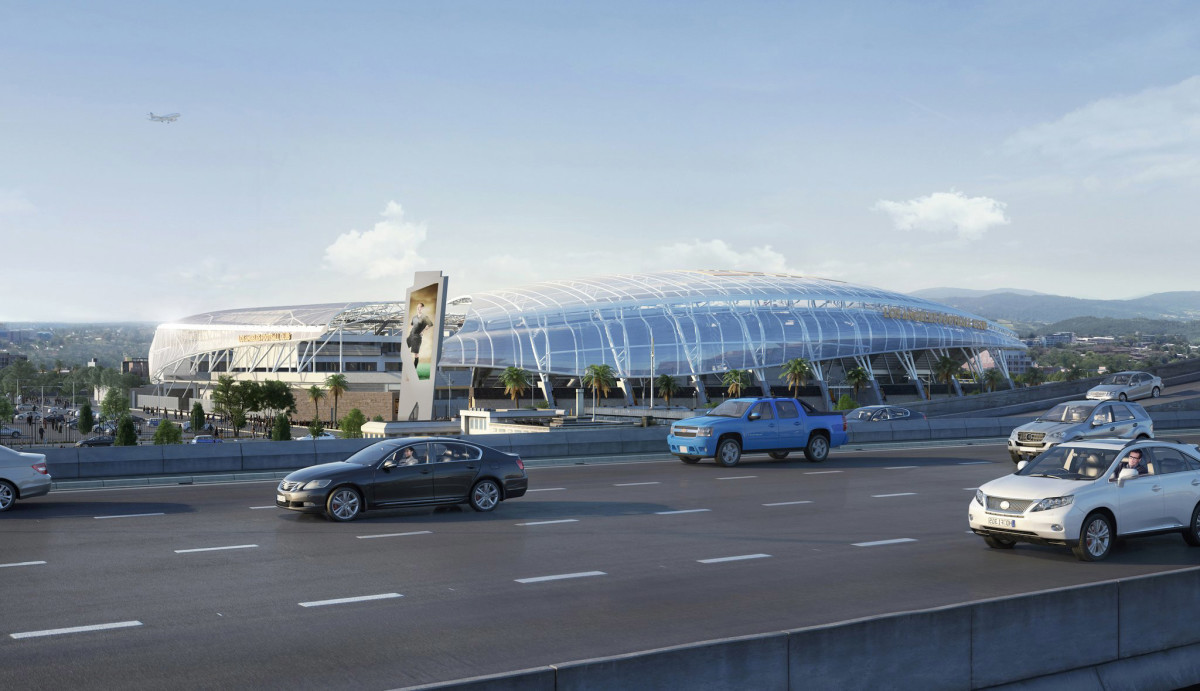
LAFC has broken ground on Banc of California Stadium at the site of the L.A. Memorial Sports Arena.
D.C. United
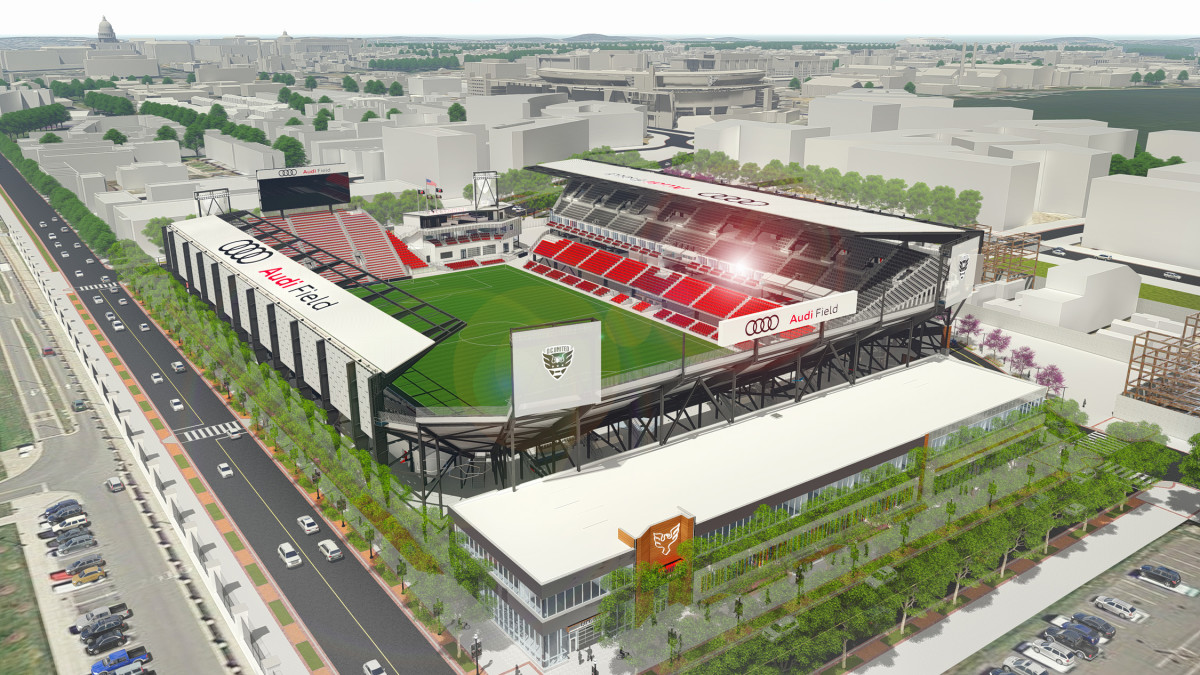
D.C. United is aiming to put an end to a seemingly never-ending quest to move out of RFK Stadium to its own venue and it claims it will begin play at Audi Field at D.C.'s Buzzard Point in 2018.
D.C. United
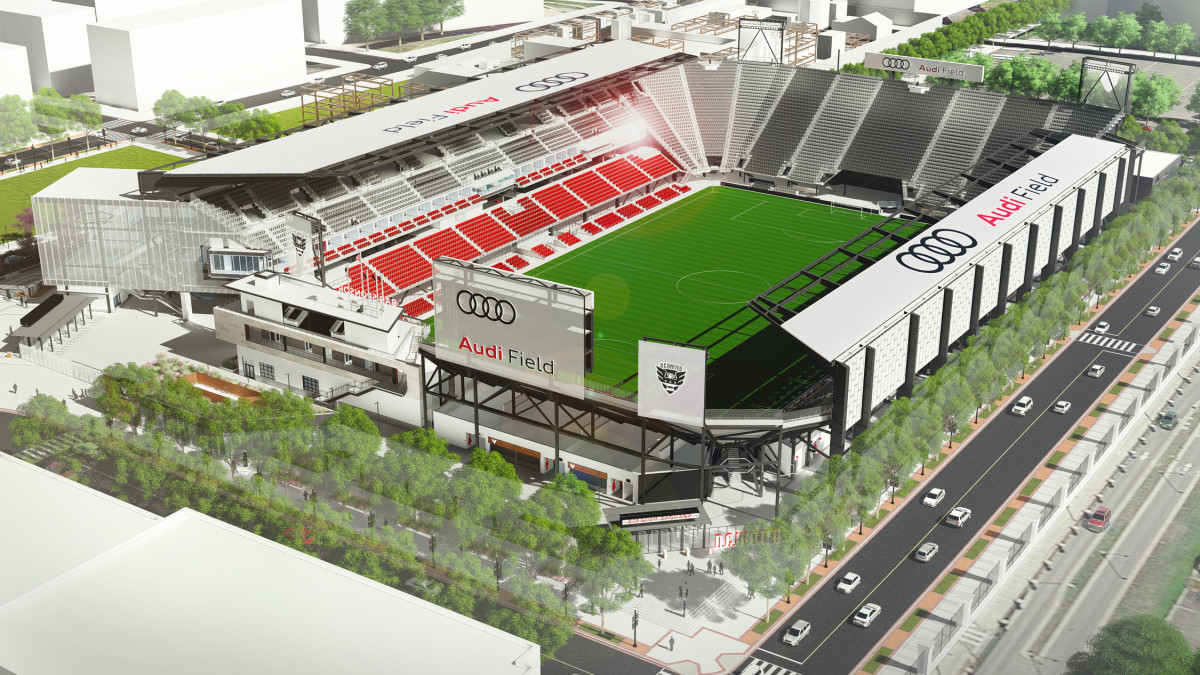
D.C. United is aiming to put an end to a seemingly never-ending quest to move out of RFK Stadium to its own venue and it claims it will begin play at Audi Field at D.C.'s Buzzard Point in 2018.
Potential St. Louis expansion team
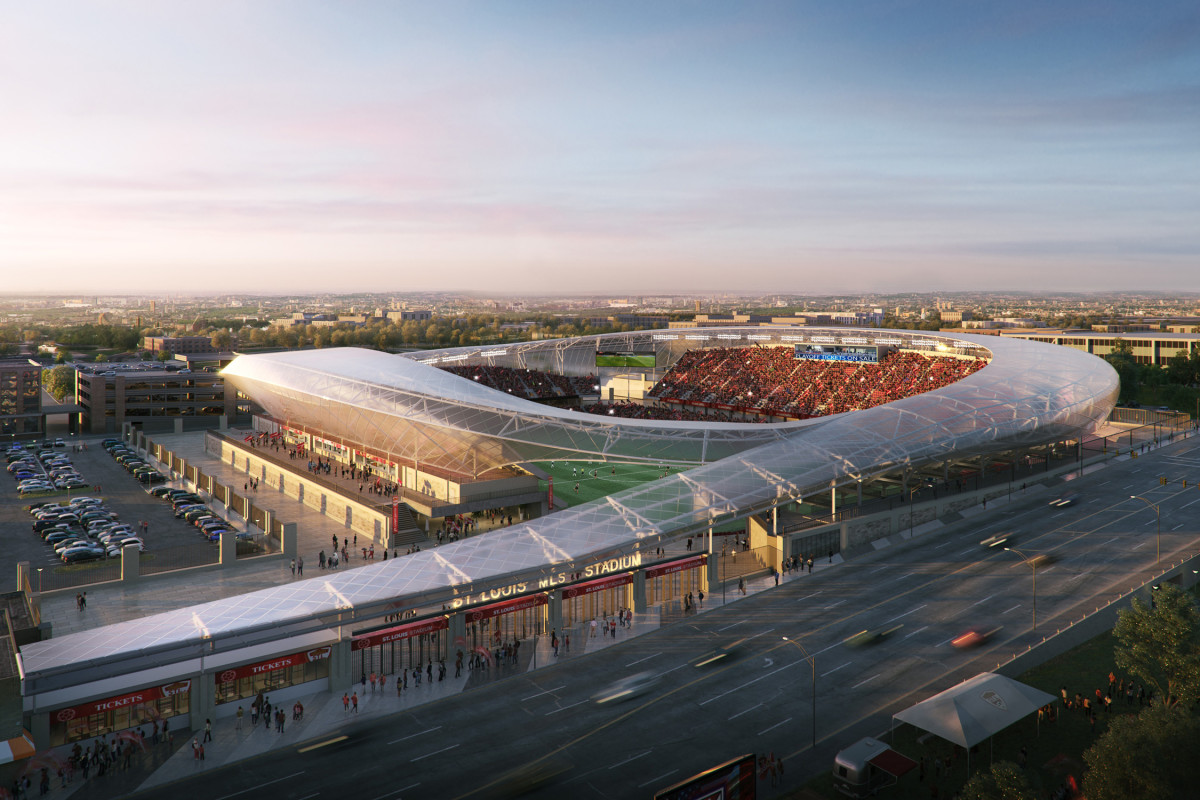
St. Louis's MLS expansion bid has picked up considerable steam, with Don Garber confirming it's one of two, along with Sacramento, in the lead for spots 24-28.
Potential St. Louis expansion team
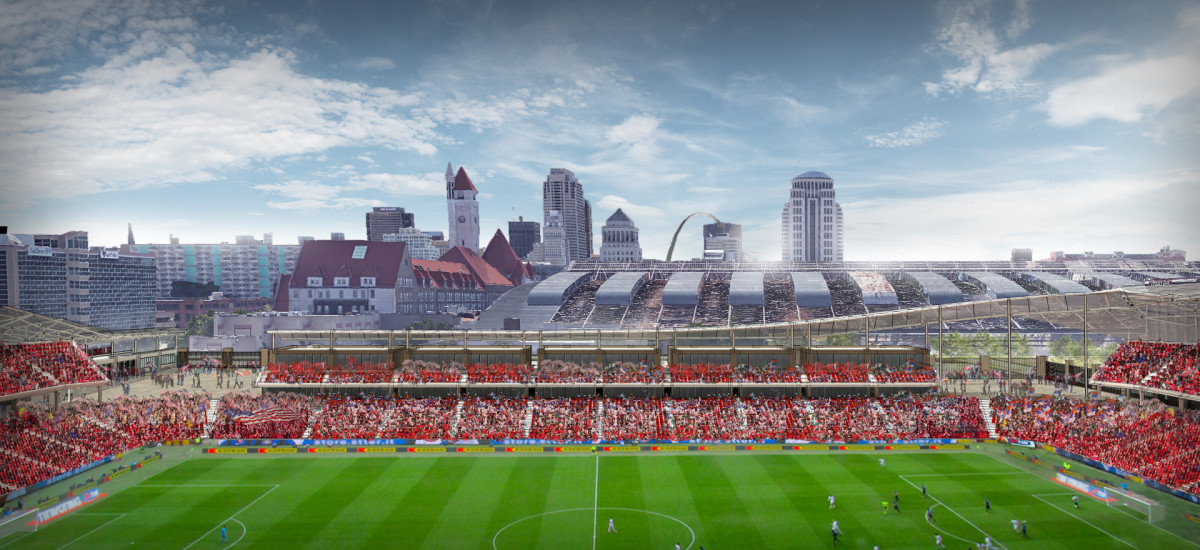
St. Louis's MLS expansion bid has picked up considerable steam, with Don Garber confirming it's one of two, along with Sacramento, in the lead for spots 24-28.
Potential St. Louis expansion team
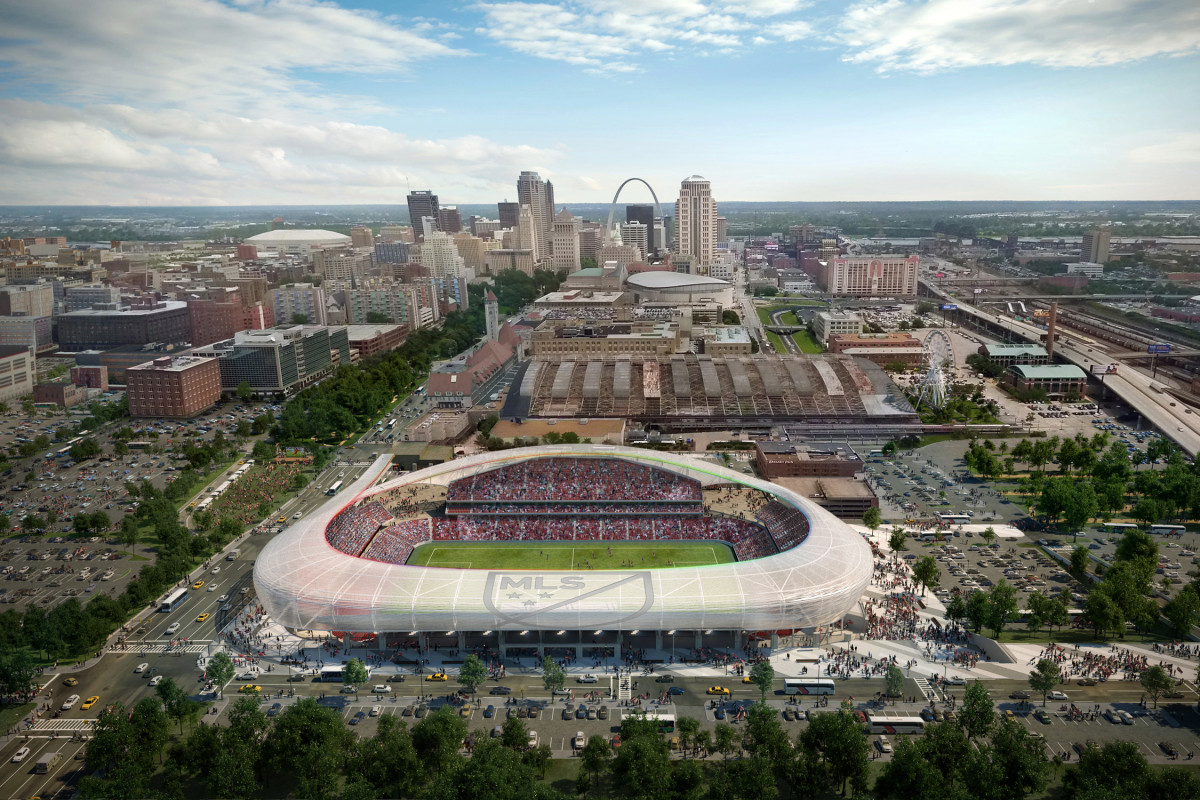
St. Louis's MLS expansion bid has picked up considerable steam, with Don Garber confirming it's one of two, along with Sacramento, in the lead for spots 24-28.
Potential Detroit expansion team
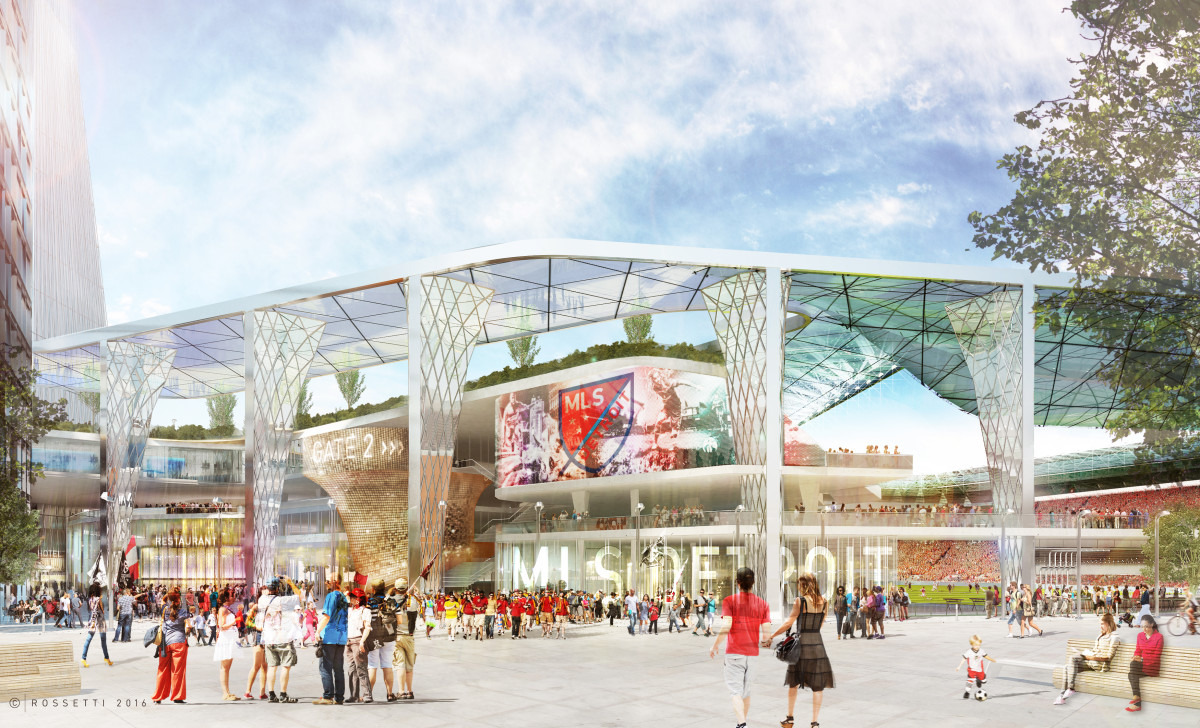
A group led by NBA owners Dan Gilbert and Tom Gores is aiming to bring MLS to Detroit with this downtown venue.
Potential Detroit expansion team
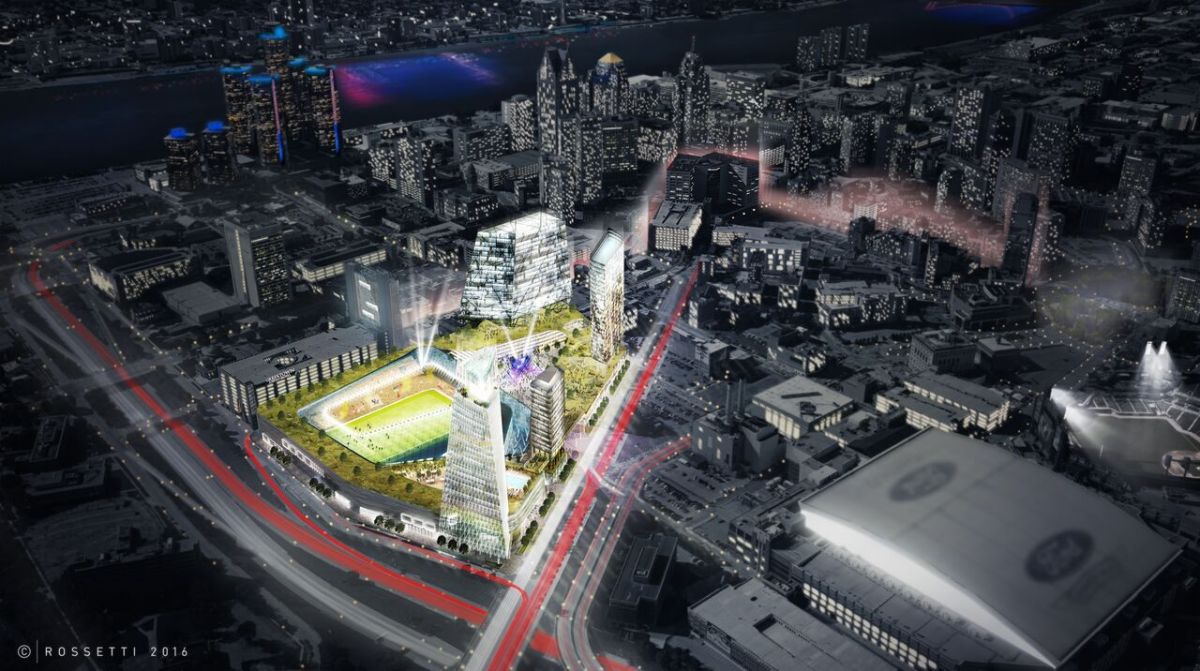
A group led by NBA owners Dan Gilbert and Tom Gores is aiming to bring MLS to Detroit with this downtown venue.
Potential Detroit expansion team
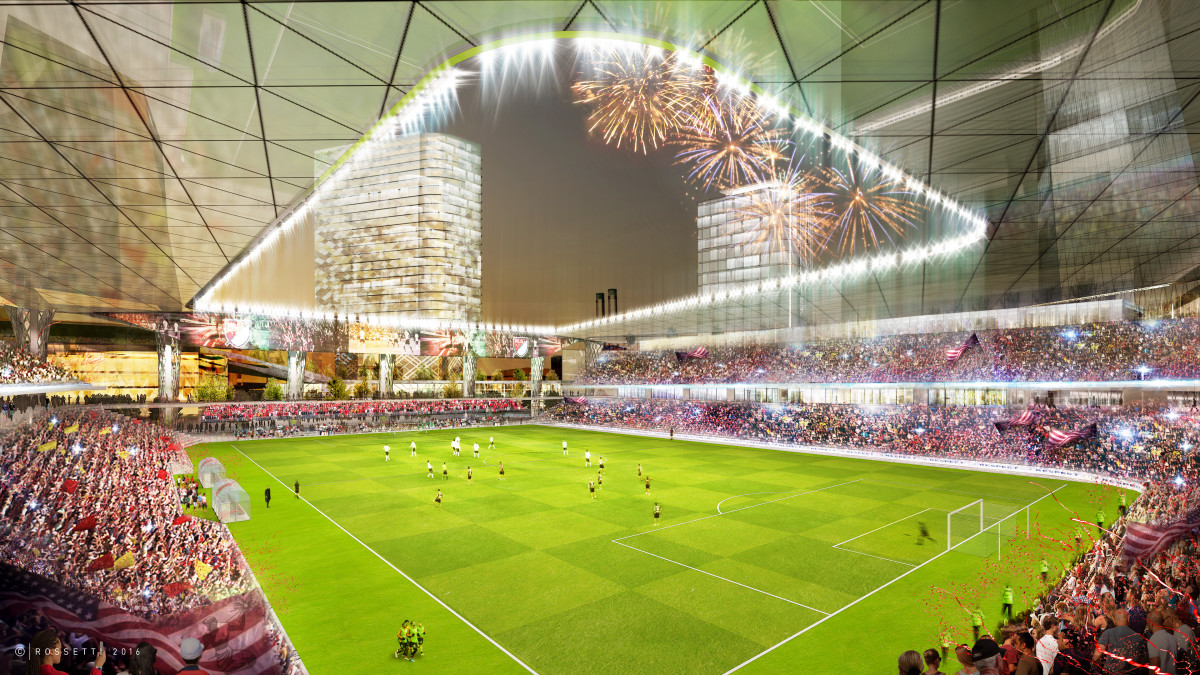
A group led by NBA owners Dan Gilbert and Tom Gores is aiming to bring MLS to Detroit with this downtown venue.
Tampa Bay Rowdies
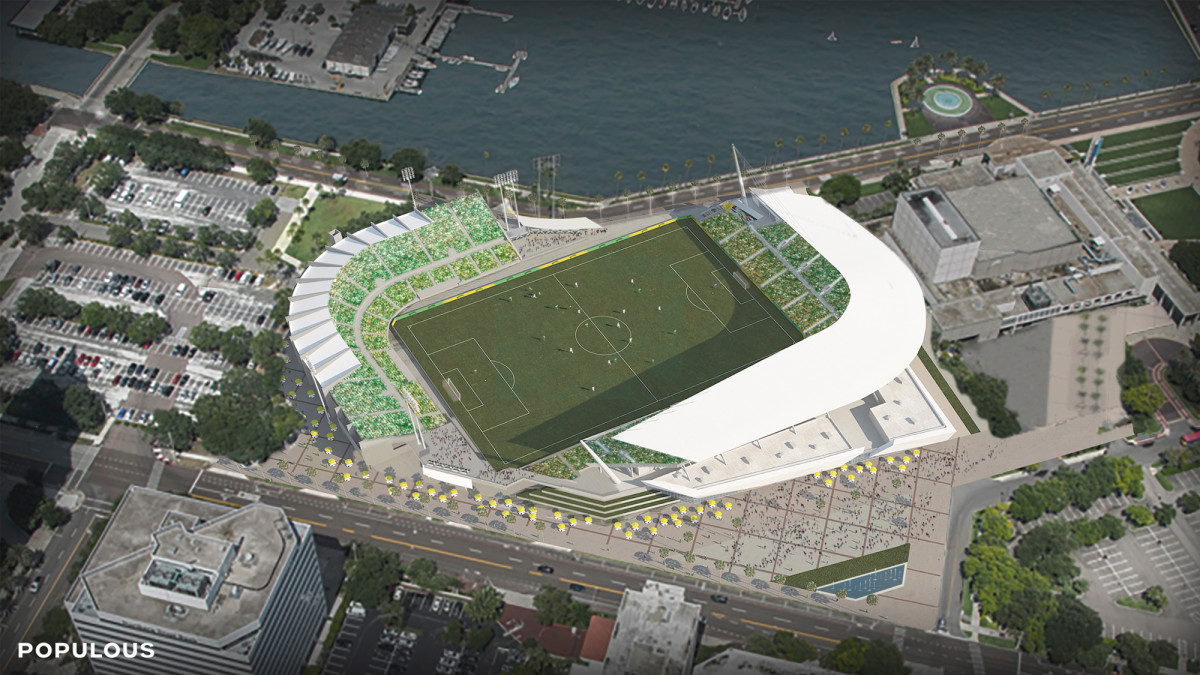
The Tampa Bay Rowdies announced their plans to launch an aggressive bid for an MLS expansion spot, full with these renovations to the existing Al Lang Stadium.
Tampa Bay Rowdies
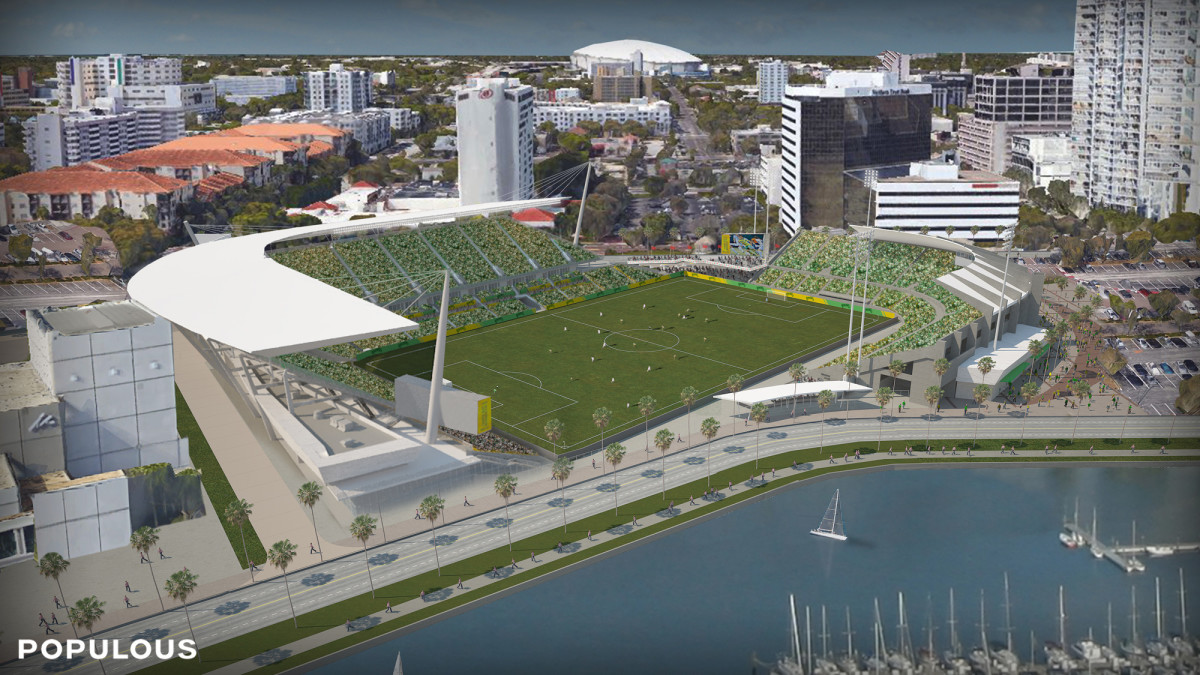
The Tampa Bay Rowdies announced their plans to launch an aggressive bid for an MLS expansion spot, full with these renovations to the existing Al Lang Stadium.
Tampa Bay Rowdies
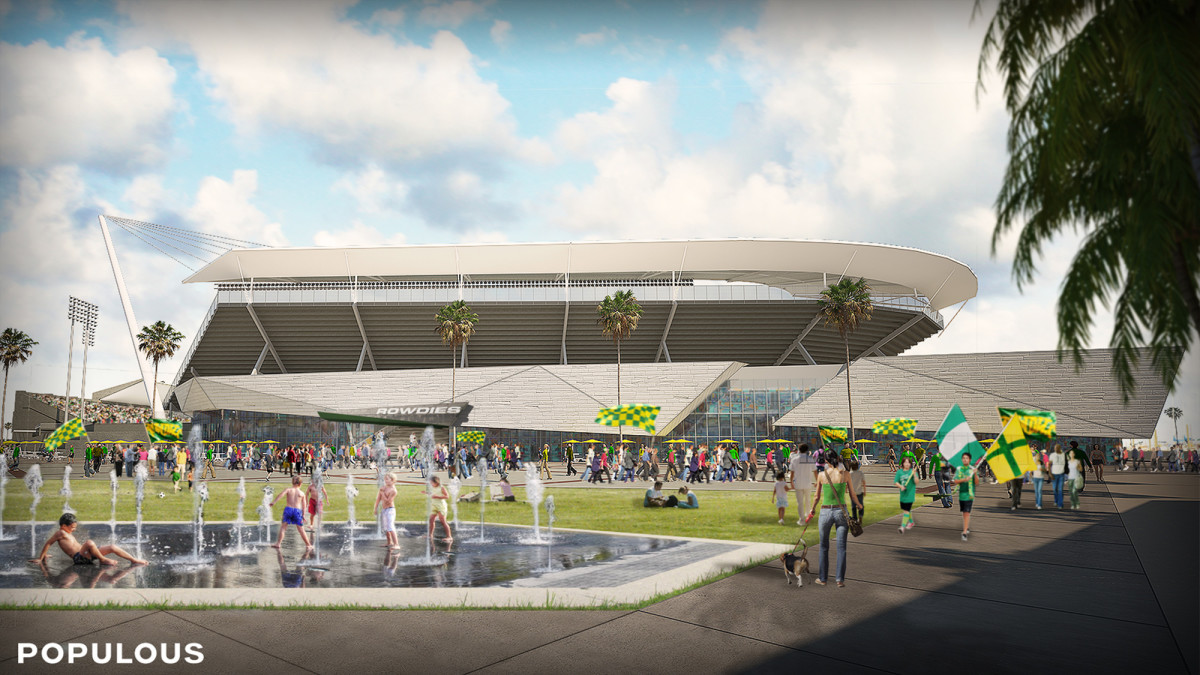
The Tampa Bay Rowdies announced their plans to launch an aggressive bid for an MLS expansion spot, full with these renovations to the existing Al Lang Stadium.
Tampa Bay Rowdies
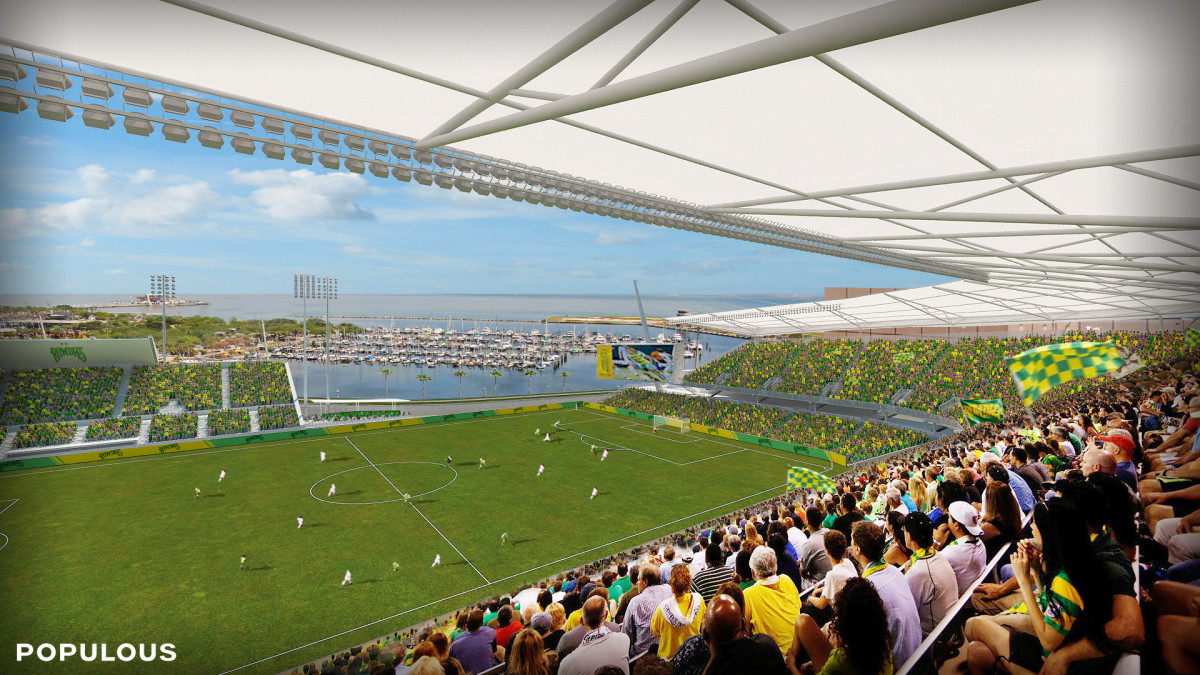
The Tampa Bay Rowdies announced their plans to launch an aggressive bid for an MLS expansion spot, full with these renovations to the existing Al Lang Stadium.
Tampa Bay Rowdies
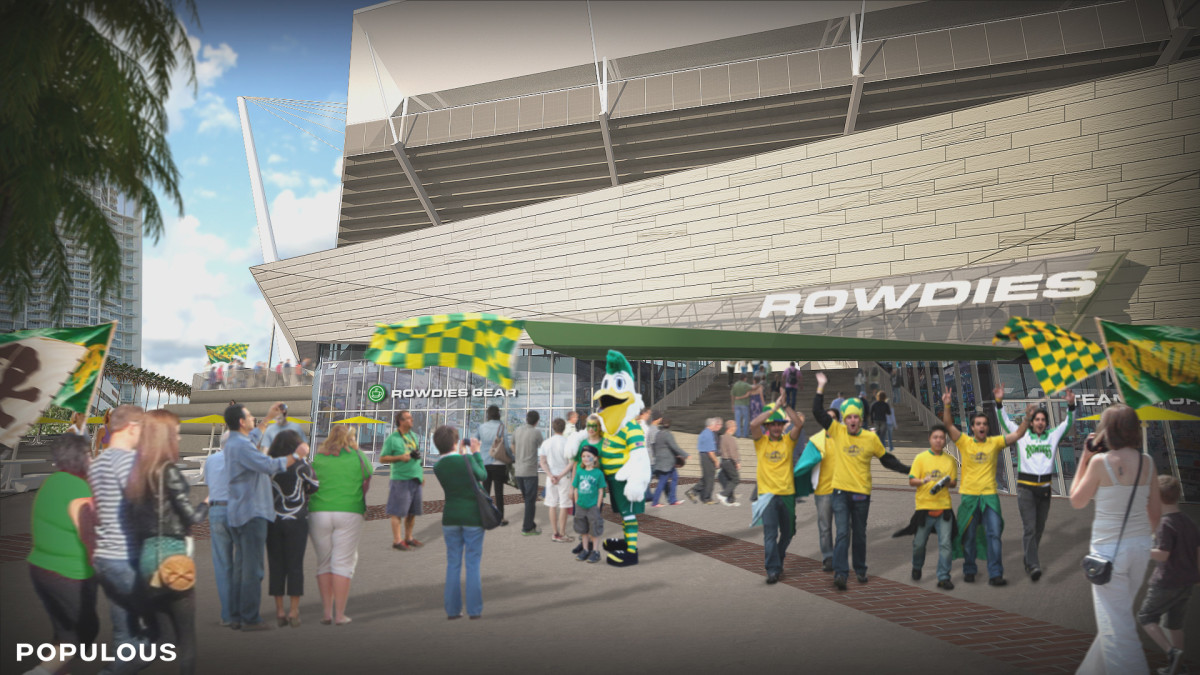
The Tampa Bay Rowdies announced their plans to launch an aggressive bid for an MLS expansion spot, full with these renovations to the existing Al Lang Stadium.
Potential San Diego expansion team

The group behind San Diego's push for an MLS expansion team revealed its plans for a shared, 30,000-seat stadium with the San Diego State University football team on the site where Qualcomm Stadium currently stands.
Potential San Diego expansion team
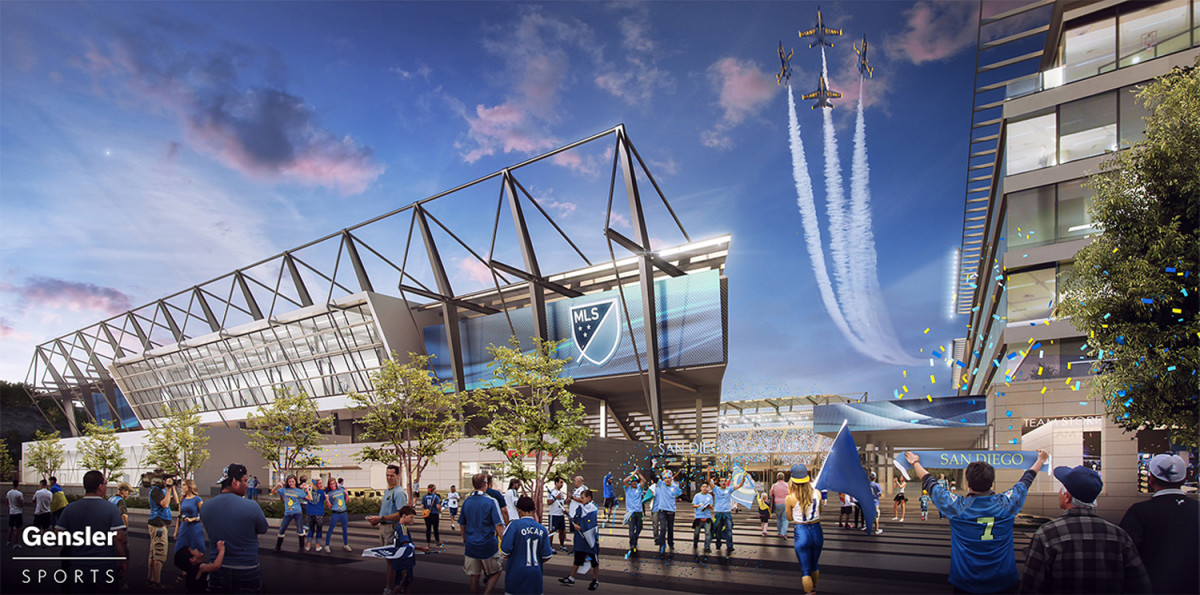
The group behind San Diego's push for an MLS expansion team revealed its plans for a shared, 30,000-seat stadium with the San Diego State University football team on the site where Qualcomm Stadium currently stands.
Indy Eleven
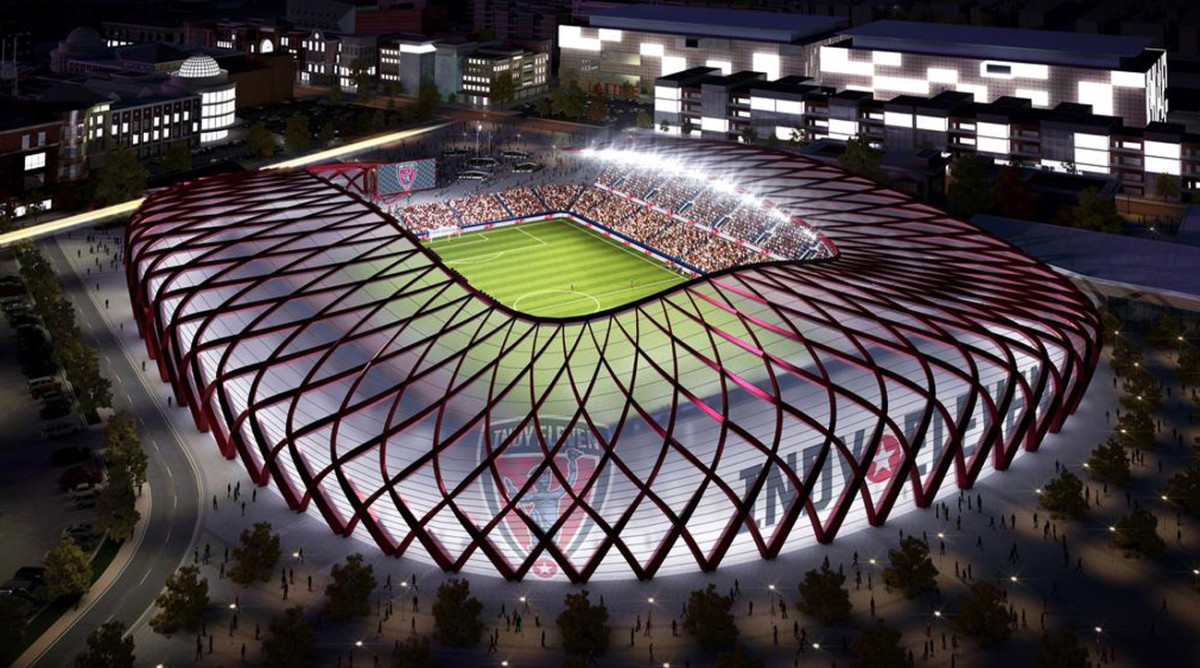
The NASL's Indy Eleven emerged as a late contender for MLS expansion, becoming the 12th bid to be submitted to the league.
Phoenix Rising FC
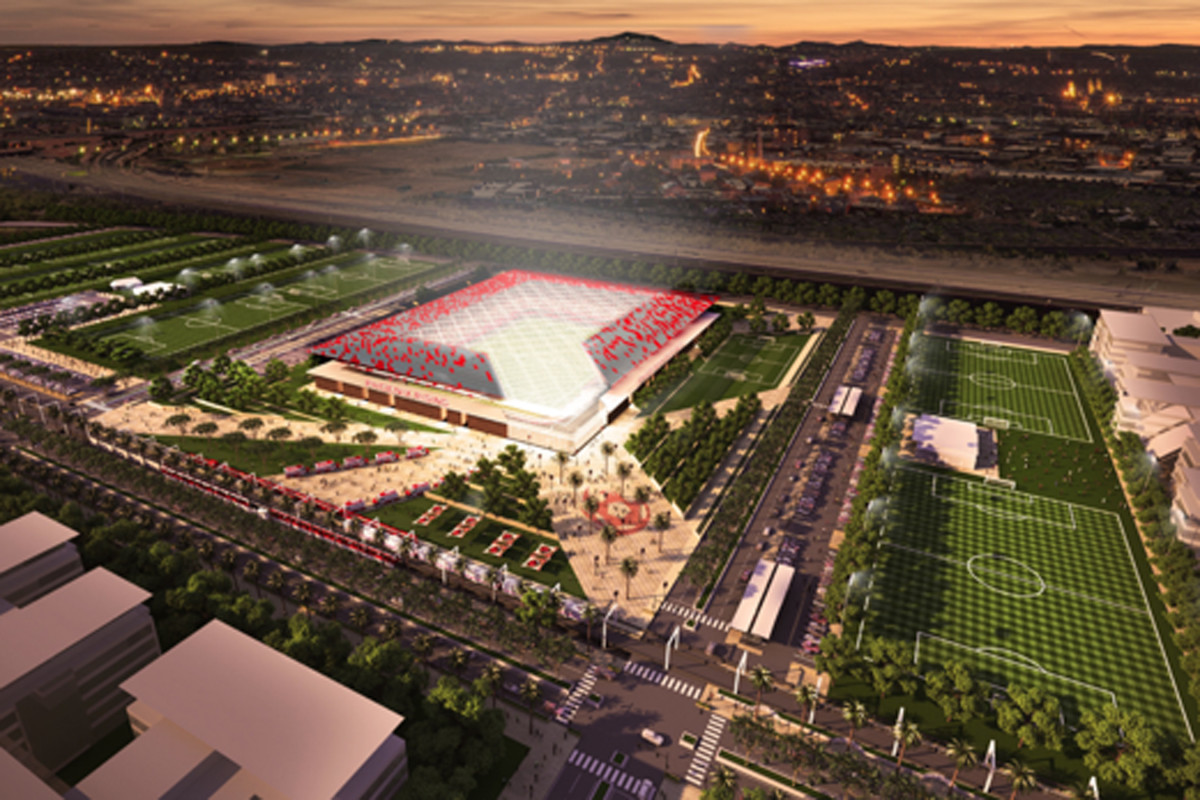
USL's Phoenix Rising FC aims to snag one of MLS's four expansion berths with this stadium and training field complex.
Potential Charlotte expansion team
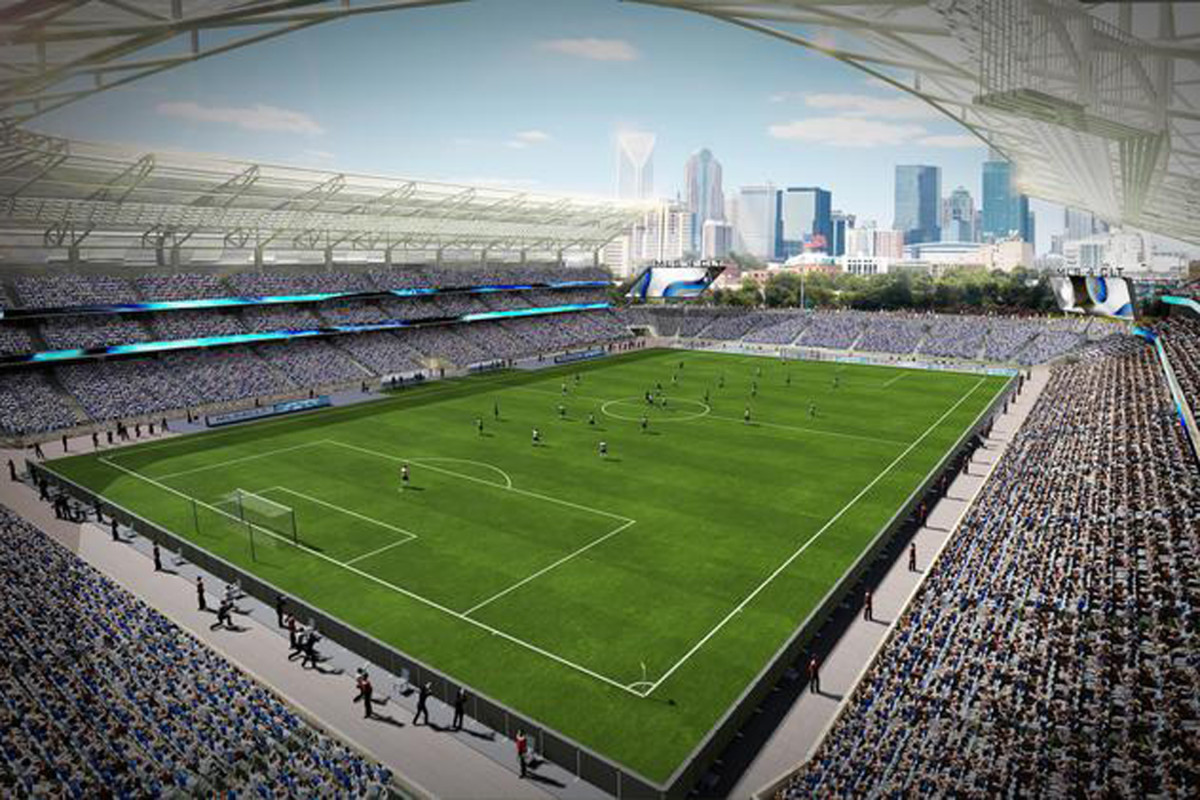
Charlotte's MLS bid includes this downtown soccer-specific venue.
"This is an exciting concept that could welcome major league soccer to San Diego without public subsidy, provide a home for Aztecs football and create a long-awaited river park," San Diego Mayor Kevin Faulconer said in a statement. "I look forward to seeing the final plan."
After five years, FS Investors said it would donate its half ownership of the stadium to San Diego State. San Diego State's football team now plays at Qualcomm Stadium, which is also home to college football's Holiday and Poinsettia bowls.
